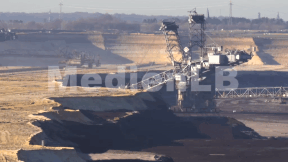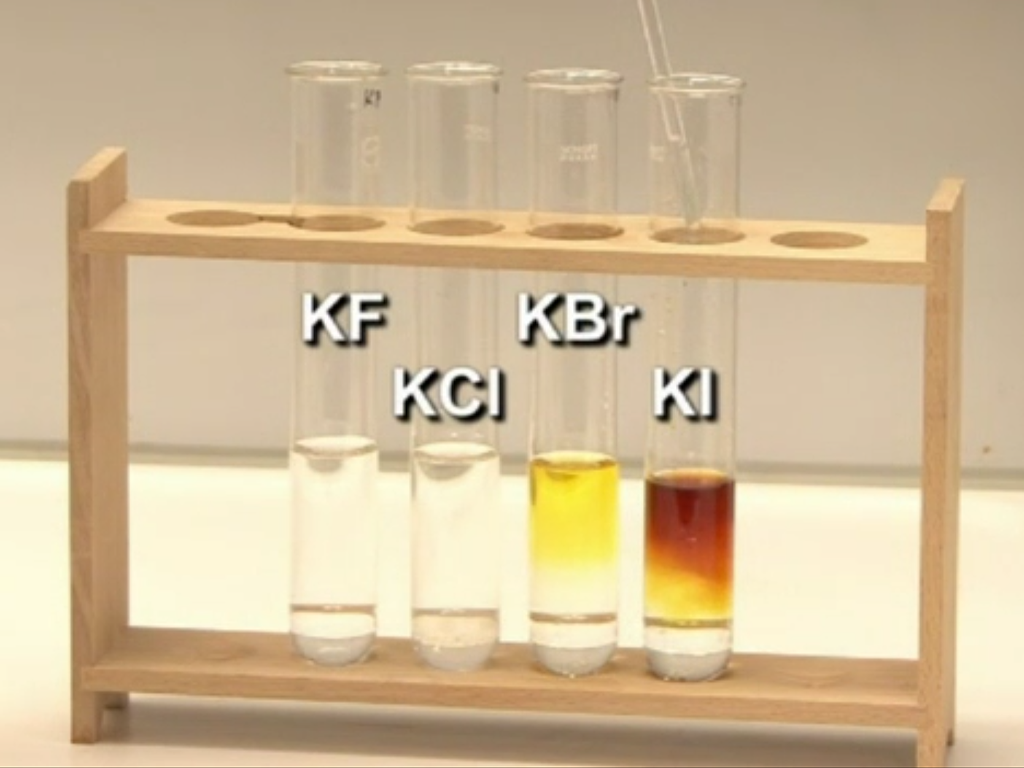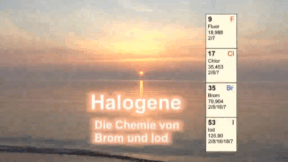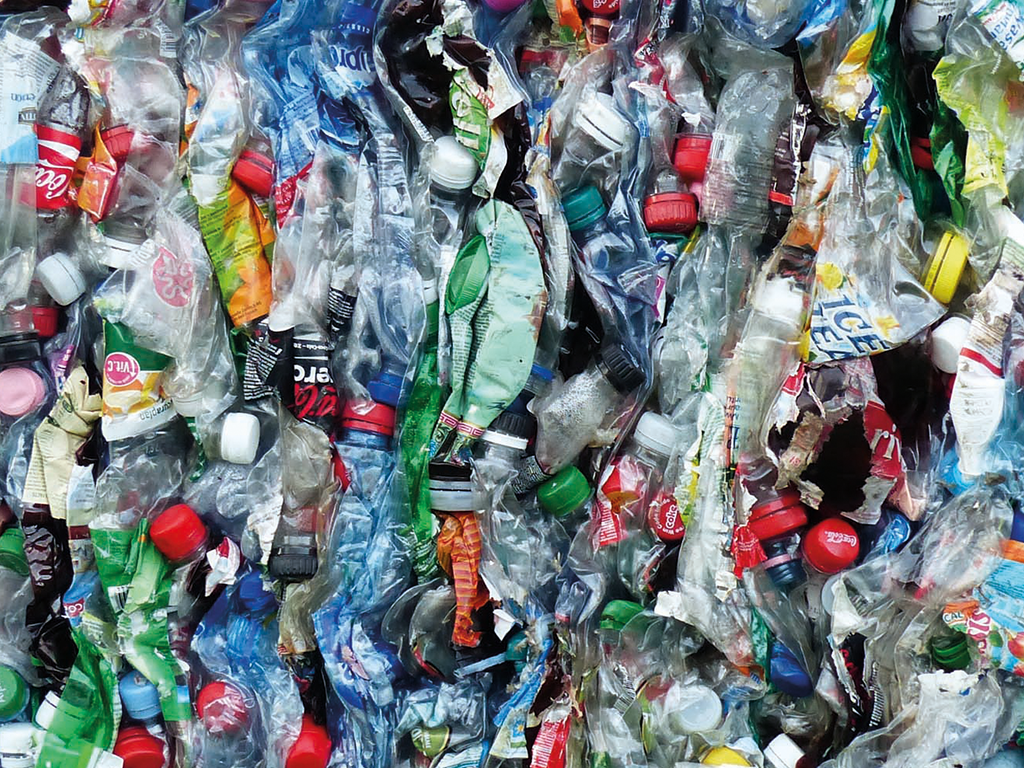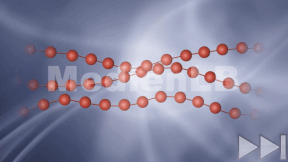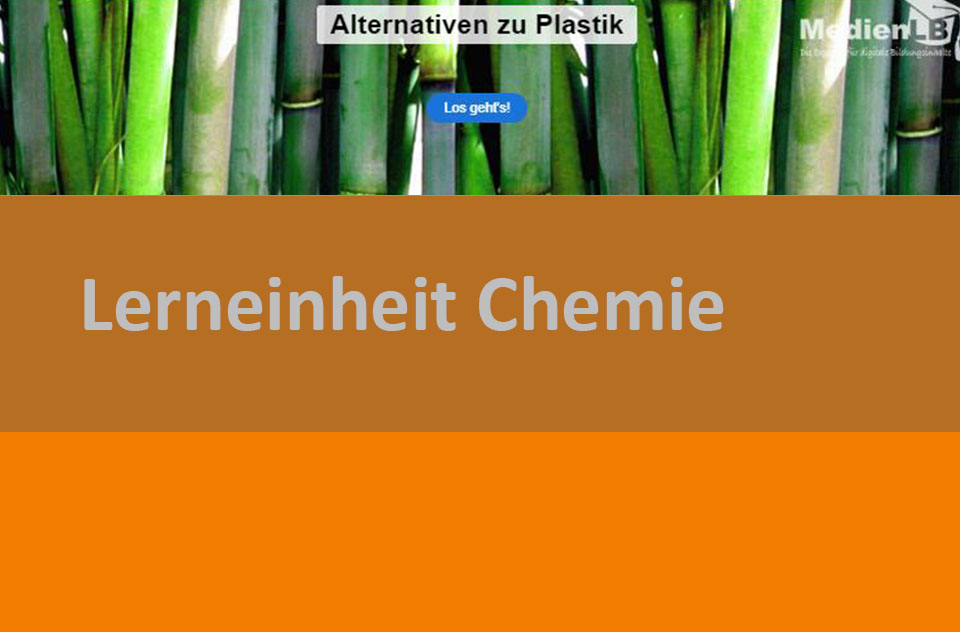
55502476
Plastik
In 14 interaktiven Modulen wird das Thema Plastik vermittelt und anschließend abgefragt.
Das Medium bietet H5P-Aufgaben an, die ohne zusätzliche Software verwendbar sind.
Durch interaktive Aufgabentypen wird das audiovisuelle und interaktive Lernen einfach.
Lernen macht jetzt Spaß!
Included Tasks
- I Eigenschaften von Plastik - Interaktives Video
- II Alternativen zum Plastik - Video und interaktive Aufgaben
- III Werkstoff auf Kohlenstoffbasis - Video und interaktive Aufgaben
- IV Arten von Plastik - Bildzuordnung
- V Recycling von Plastik - Interaktives Video
- VI Plastik - Wortsuche
- VII Kunststoff-Recycling - Interaktive Aufgabe
- VIII Struktur der Kunststoffe - Bildzuordnung
- IX Biokunststoff und andere Ideen für die Zukunft - Interaktive Aufgaben
- X Der Grüne Punkt - Interaktive Aufgabe
- XI Vorteile der Verwendung von Kunststoffen - Lückentext
- XII Kunststoffe im Meer - Video mit Aufgaben
- XII Kunststoffverzicht im Alltag - Interaktive Aufgbe
- XIV Kunststoffarten - Interaktive Aufgabe
Curriculum-centred and oriented towards educational standards
Matching
Halogens
The compounds of halogens are - with the exception of astatine - widespread, can be encountered in nature and are versatile substances. This fact is taken up on this DVD in order to teach the students the chemistry of the halogens by illustrating their special qualities and explaining the correlation of their structure with their chemical properties. In the first part, an overview of the element group of halogens lays emphasis on the common as well as on the distinguishing characteristics of fluorine, chlorine, bromine and iodine. In a second part, the specific properties of bromine and iodine are presented. This topic is linked to the students‘ everyday experience on the one hand (bromine as a catalyst for reactolite sunglasses, iodine as an agent in medicine, etc.) on the one hand. As a rule, they are of a kind that can only be realized with difficulty, or high expenditure in the chemistry classroom. With the help of these experiments, students are introduced to the chemistry of the halogens in a way that enables them to draw conclusions on the basis of their observations.





